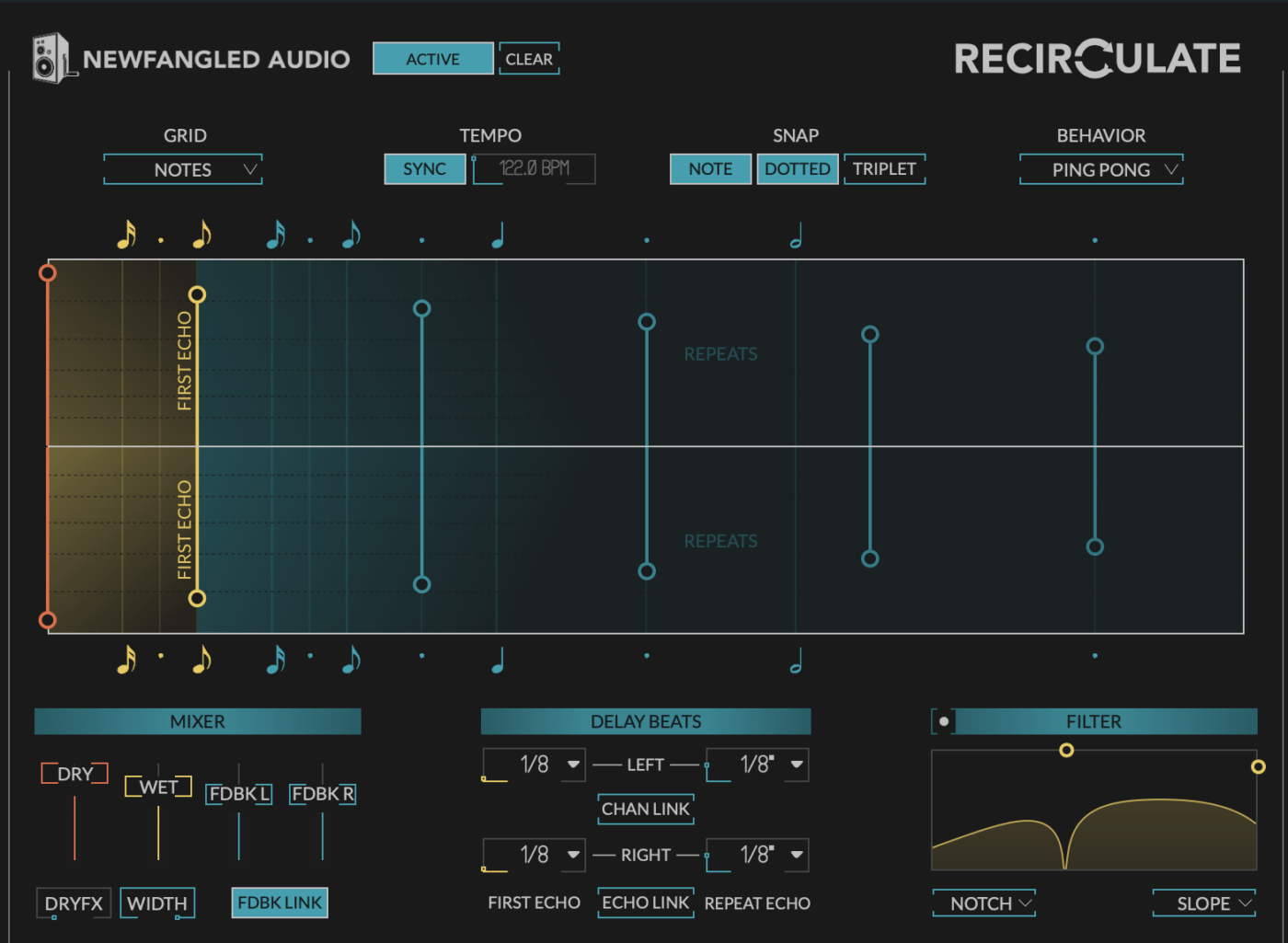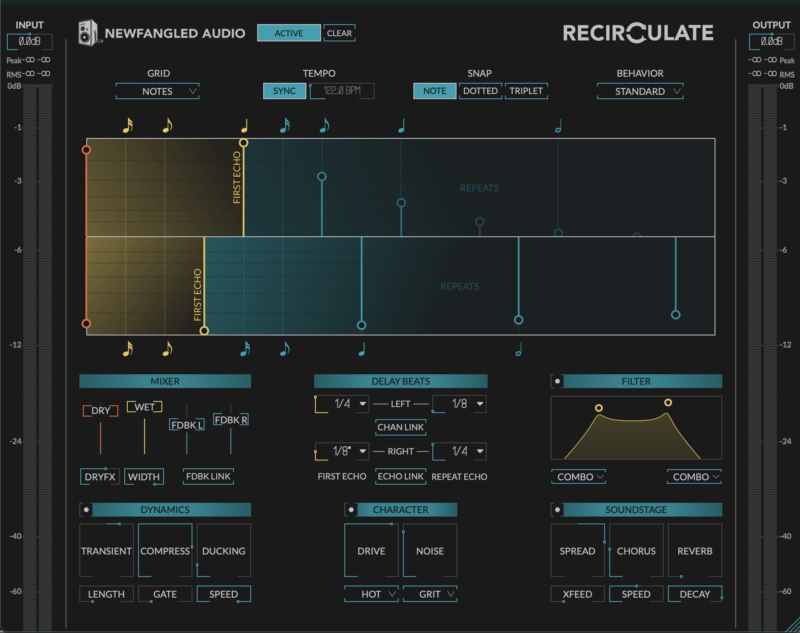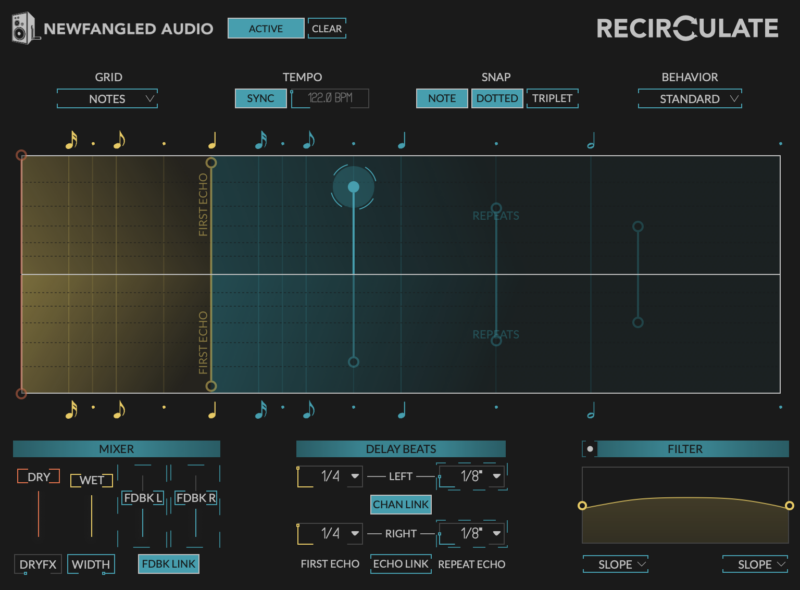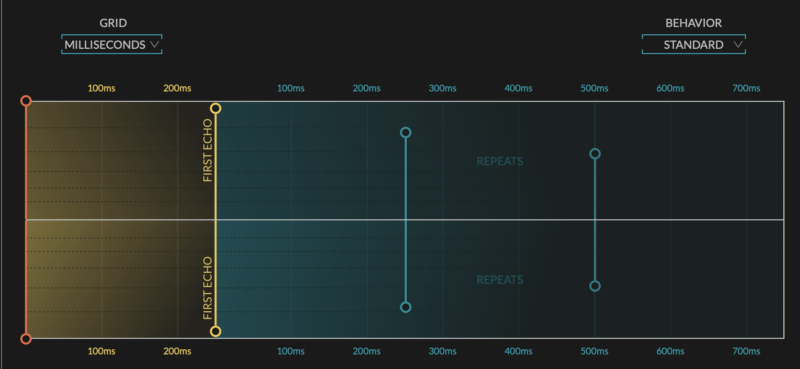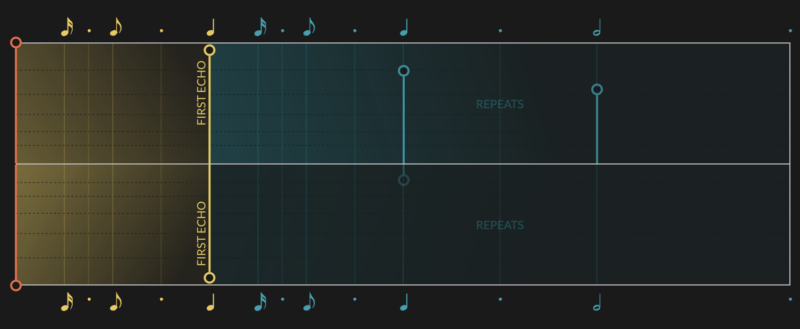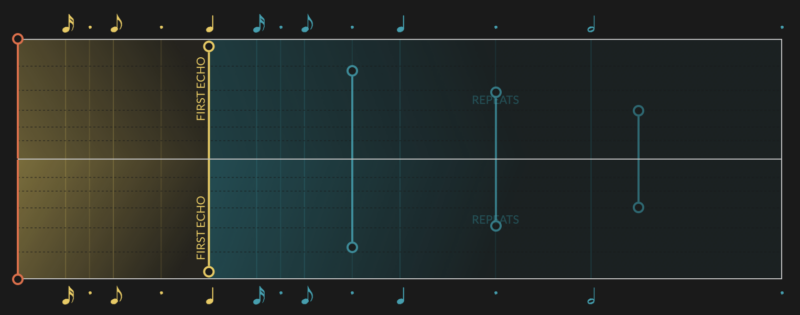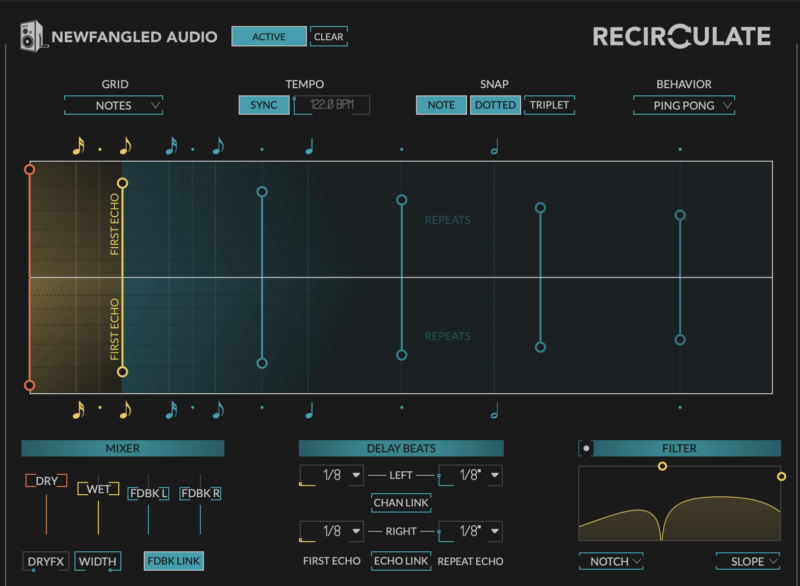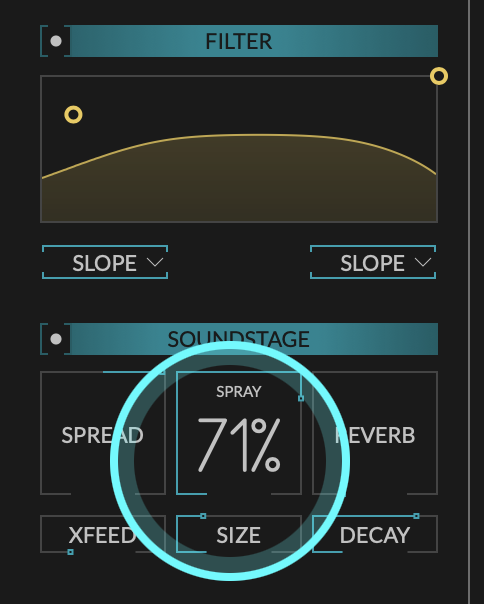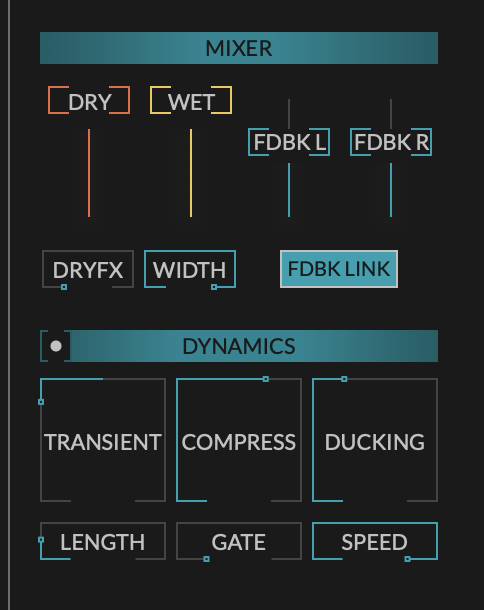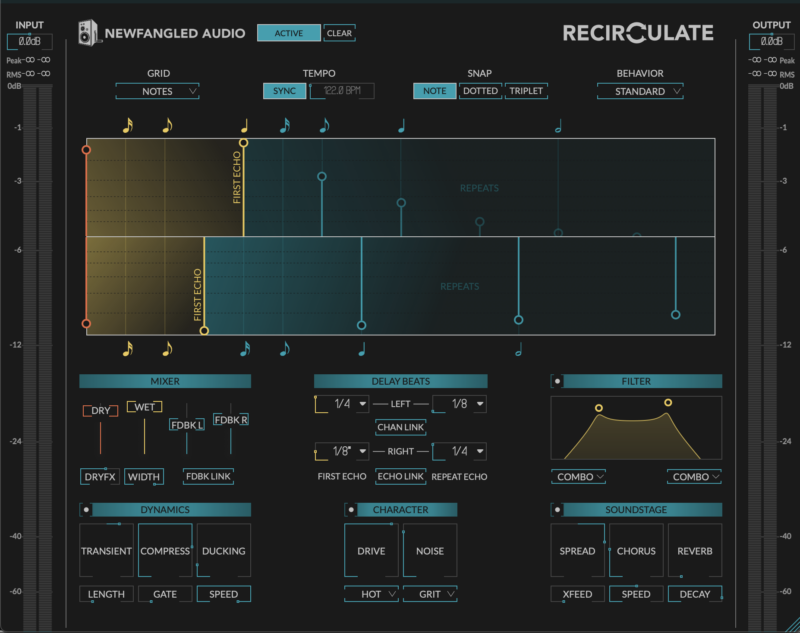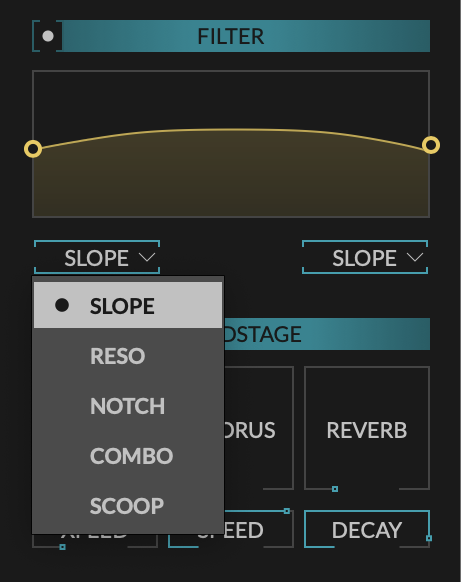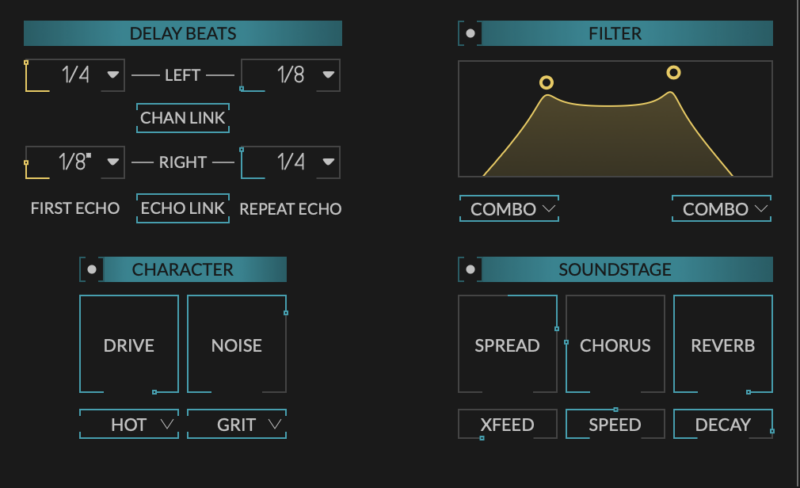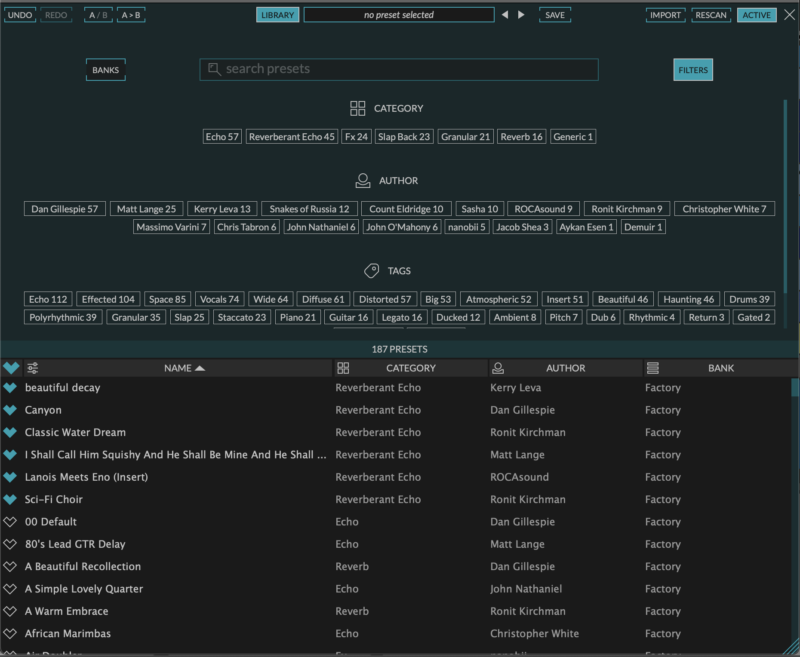Newfangled Audio, created by Dan Gillespie, has entered the spatial effects market with Recirculate. Could they have finally cracked the code for the perfect delay workflow?
Delay is one of the most powerful tools in any producer’s arsenal. When a sound needs a new spark or ambiance, one quick solution is always loading up your favorite delay plugin and scrolling through presets. However, in doing this, we tend to ignore details like dynamics, transients, EQ, and other additional processing.
Moreover, everyone owns so many delays that getting to grips with one delay plugin is a rare accomplishment. Even DAW stock plugins have upped their game, particularly Ableton’s newer Echo and Hybrid Reverb devices, dramatically improving their native options. With this in mind, plugin manufacturers have been searching for new ways to cut through the mix. Apart from AI-assisted processing, the key trend for doing this has become focusing on workflow.
Enter Recirculate by Newfangled Audio. Created by Eventide DSP Engineer Dan Gillespie, the New Jersey-based company has made waves in recent years with incredibly high-quality plugins such as the polysynth Generate as well as mixing and mastering tools like Elevate, Saturate, and Invigorate.
The plugins have been well received. Given the road map, there was genuine excitement when Newfangled Audio announced Recirculate, described as “The Ultimate Mix Echo and the perfect tool for adding depth and dimension to your mixes.”
In the next sections we’re going to put this statement to the test while also looking at all of the features of Recirculate. We’ll dive into a few audio examples, so have your headphones or studio monitors to hand. Or just get the free trial and hear for yourself.
What is Recirculate?
Recirculate is a delay plugin that prioritizes full control over echoes and their character. It houses standard delay and feedback timing controls, a two-band EQ, a practical Dynamics section, saturation and noise parameters with 28 possible combinations, and eight different ‘Soundstage’ effects.
Apart from the Reverb, the Soundstage effects options are determined by the four Behaviour modes – Standard, Ping Pong, Pitch Warp, and Granular. We’ll look at examples for all four modes, but it is worth mentioning early on that the Granular behaviour mode essentially transforms Recirculate into a de-facto granular synth.
Perhaps the plugin’s biggest innovation is the First Echo feature. This allows you to separate the timing of the first echo you hear from the rest of the repeat echoes, which is traditionally known as feedback. Paired with the intuitive visual grid, the First Echo is a very powerful rhythmic tool.
The First Echo
Let’s start by taking a look at this main grid here. When you edit something visually in the grid at the top, the related parameters light up so you can clearly see what you’re changing.
There are 3 relevant groups of notes here. The first orange line represents your Dry signal, the yellow is the First Echo, and the blue lines are the Repeat Echoes. Dragging the lines up or down determines the amount, and dragging them left or right determines the timing.
By default, the grid helps you lock to 16th notes, 8th notes, quarter notes, and even half notes. You can also add Dotted and Triplets in as well or work in milliseconds by toggling the Grid setting at the top left.
Just to assist in understanding this separation between first echo and repeat echoes, let’s use Recirculate on some pad chords. We’re using the Voicelike Pad sound in Ableton, which already has a small reverb tail.
Here’s the pad without Recirculate:
We’ll drag the first echo to quarter notes. Let’s set the repeat echoes to quarter notes as well. This is basically how traditional delays behave:
Now lets change the Repeat Echoes to dotted 8th notes:
A lot of the presets make full use of the First Echo separation. For example, let’s try using the Frenetic Rhythm preset on a one-shot woodblock. This has the First Echo set to 8th notes and the Repeat Echoes on dotted 8th notes.
Here’s the woodblock without Recirculate:
And here it is with the preset activated:
Even with just the pad and woodblock, there’s so much rhythmic syncopation going on because of the additional First Echo hits.
Behavior Modes
You probably noticed that the woodblock’s echoes were panned left and right, and this is because the Recirculate preset we used on it was set to the Ping Pong behavior mode. With each different behavior, you get two different soundstage effects.
For example, in Ping Pong, you get a PingPan control where you can set the panning order for the ping pong delays. In the Pitch Warp mode, you get Stereo Spread and Pitch Modulation.
Here’s how our pad sounds with some Pitch Mod dialed in:
Automating the Speed parameter is great for some ear candy:
The fourth granular behavior essentially turns recirculation into a granular synth engine. In this mode, the key settings are Spray and size parameters. Size determines the length of the grains taken from the input signal, and Spray increases the effect of jumbling these grains. With a larger size, the grains are the full words being sung, but with a smaller size, you start to get shorter sounds and more interesting textures.
Here are the vocals with no processing:
Here’s how they sound with a high Spray amount and high Size amount:
Now with a high Spray and low Size:
TOP TIP: These two parameters would be great to automate if exploring sound design.
Here’s how some automation sounds with the Dry level also reduced:
Dynamic Control
Some of our favorite features of Recirculate are in the dynamics section. Here you’ll discover an easy system to prevent delay from creating mud in the mix. Transient allows you to reduce the transients or sustain. Moreover, its sub-parameter Length allows you to set the length of what should be considered a transient. This gives very surgical control over how long or sharp echoes are.
Ducking is a huge timesaver as it means you can have the wet signal duck while the dry signal is playing. Normally this would be done by setting up sidechain compression on your delay bus or return channel. This is a huge time saver. Let’s use it with the vocals from before.
Here are the vocals without any Ducking:
And here they are with Ducking dialed up:
Thanks to Ducking, the granular textures are only coming in between the singer’s words.
We’re big fans of the decision to keep the filter bands visual and not show what frequencies are being affected. It’s much more intuitive just to use your ears.
Filter, Reverb, and Character Effects
The Reverb and its parameters are fairly straightforward. There’s only a general amount and decay size knobs/
Let’s test it some more on a synth lead that already has some delay via Recirculate. With this lead, we’ve also unlinked the Left and Right channels and changed the First Echo and Repeat Echoes timing for both of these – meaning there are four rhythms playing simultaneously.
Here’s the Lead without Reverb:
And here it is with the Reverb setting at full with a long delay:
The filter has two bands with five different types to choose from. With this lead, we’ve had the filter active, and its main job has been cutting the muddy lows and harsh highs of the echoes.
Here’s how it would sound if we shut off the filter:
Cutting those highs and lows can rescue a mix!
We’re big fans of the decision to keep the filter bands visual and not show what frequencies are being affected. It’s much more intuitive just to use your ears.
The character section houses 6 types of saturation and 4 different noise types. These different combinations provide all kinds of textures, from hiss to heavy distortion. With this lead, we’ve been using some Hot Drive and Grit Noise
Here’s how the lead would sound with the Drive dialed up a lot:
Let’s also try the different combination of Bite Drive and Bit Noise:
Final Thoughts
It’s true–there are indeed “endless” delay plugins on the market. But Newfangled Audio has approached it from a different angle. The focus on visual guides, user control, dynamic control, and sound quality puts it in a higher category.
While extensive, the beauty is in the ease of use and time-saving controls. And if you’re a preset diver, you’ll enjoy the circa 200 presets crafted by legendary producers and film composers like Chris Tabron, John Nathaniel, John O’Mahony, and ROCASound.
The saturation, modulation, granular, and spatial effects are to the point, and they sound great. This makes finding unique characters for echoes easy, and it is a major incentive to avoid scrolling through presets.
Price
Recirculate is currently available with an introductory price tag of $49. From the 29th of February, the price will increase to $99. When stacked up with other Attack favorites, notably Soundtoys EchoBoy at $199 and Fabfilter Timeless 3 at $139, Recirculate competes generously.
Lastly, you also get 40% off if you own any other Newfangled Audio plugin. Not too shabby.
Find out more and request a demo on the Eventide site.
